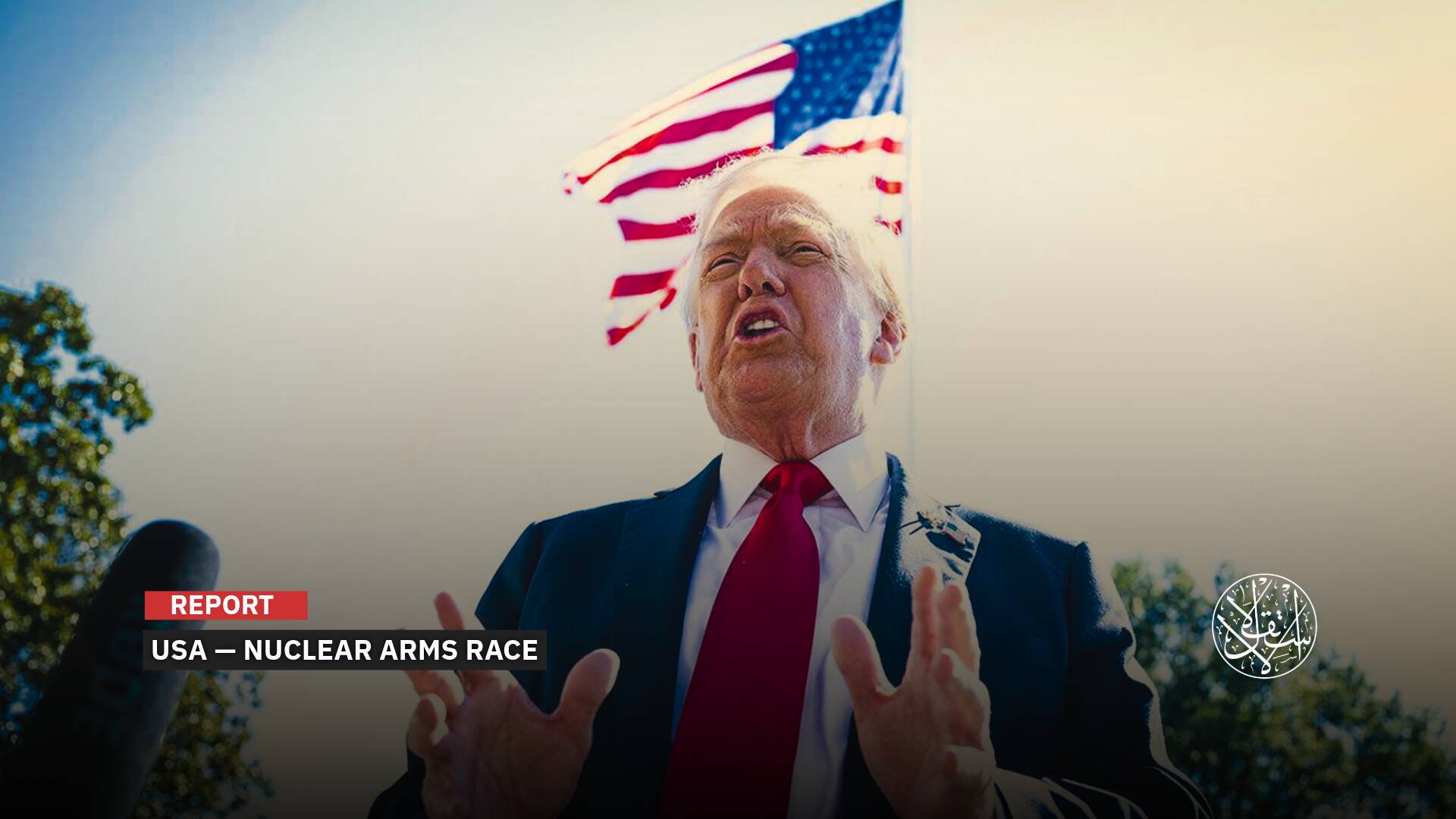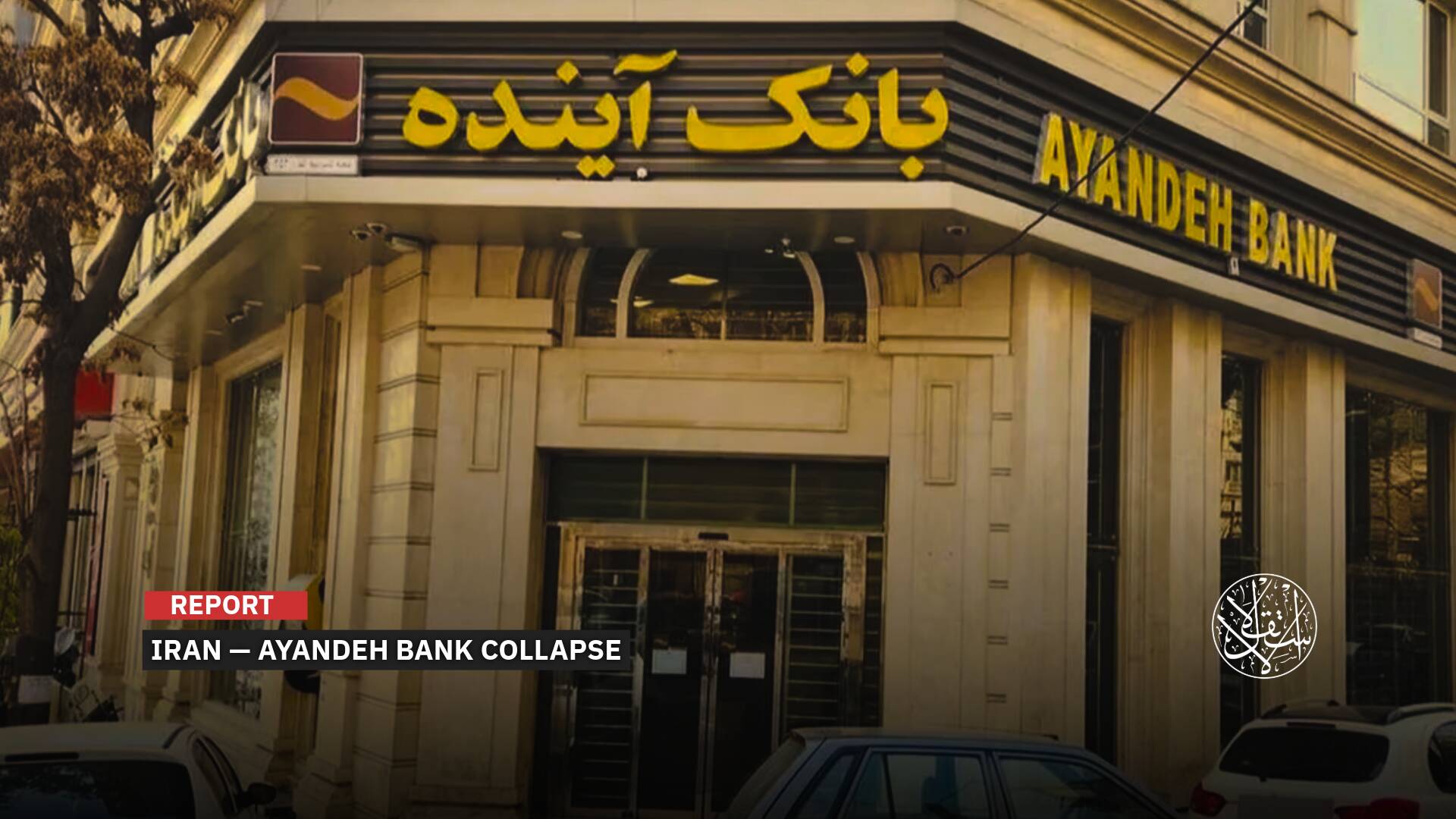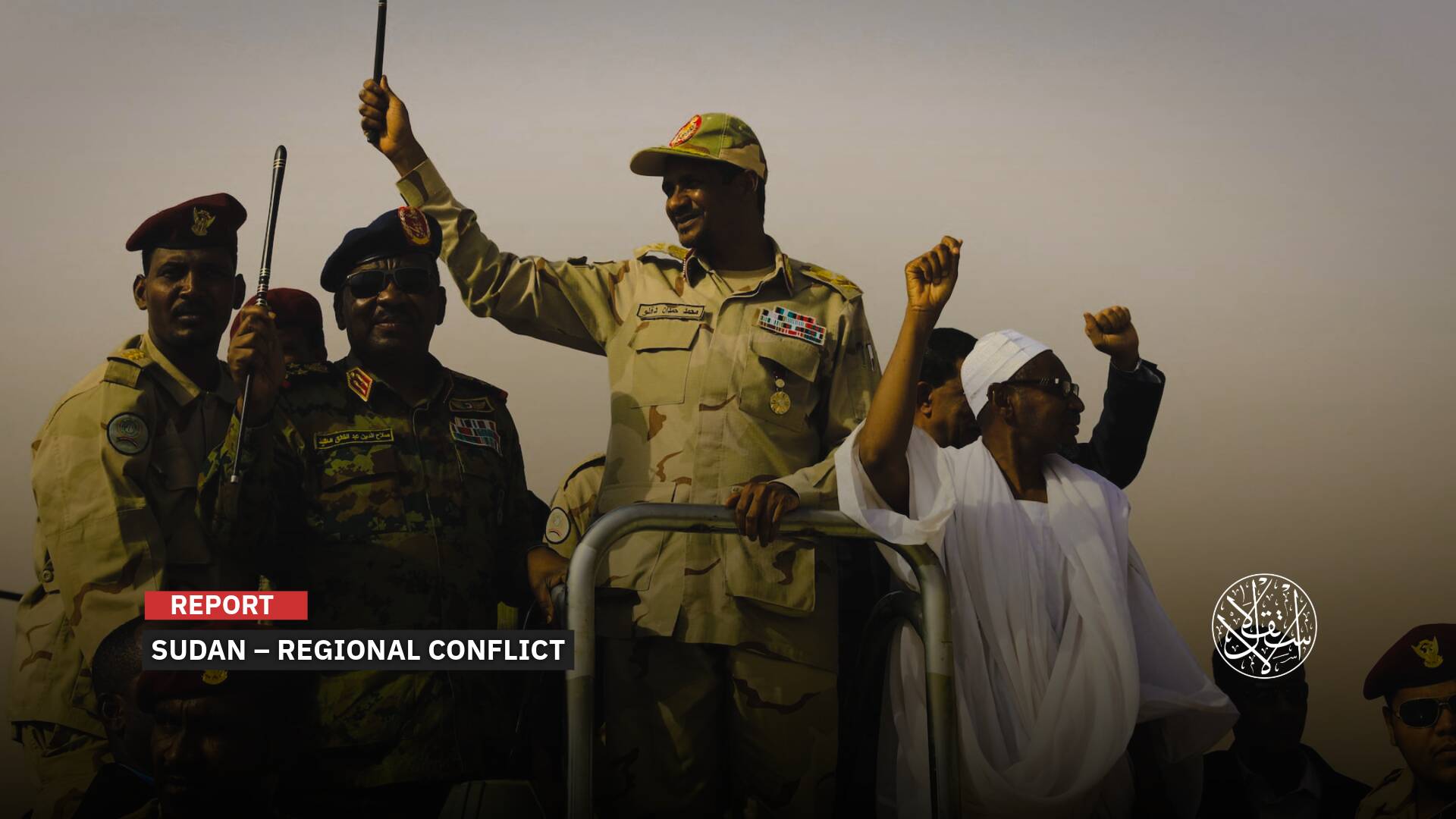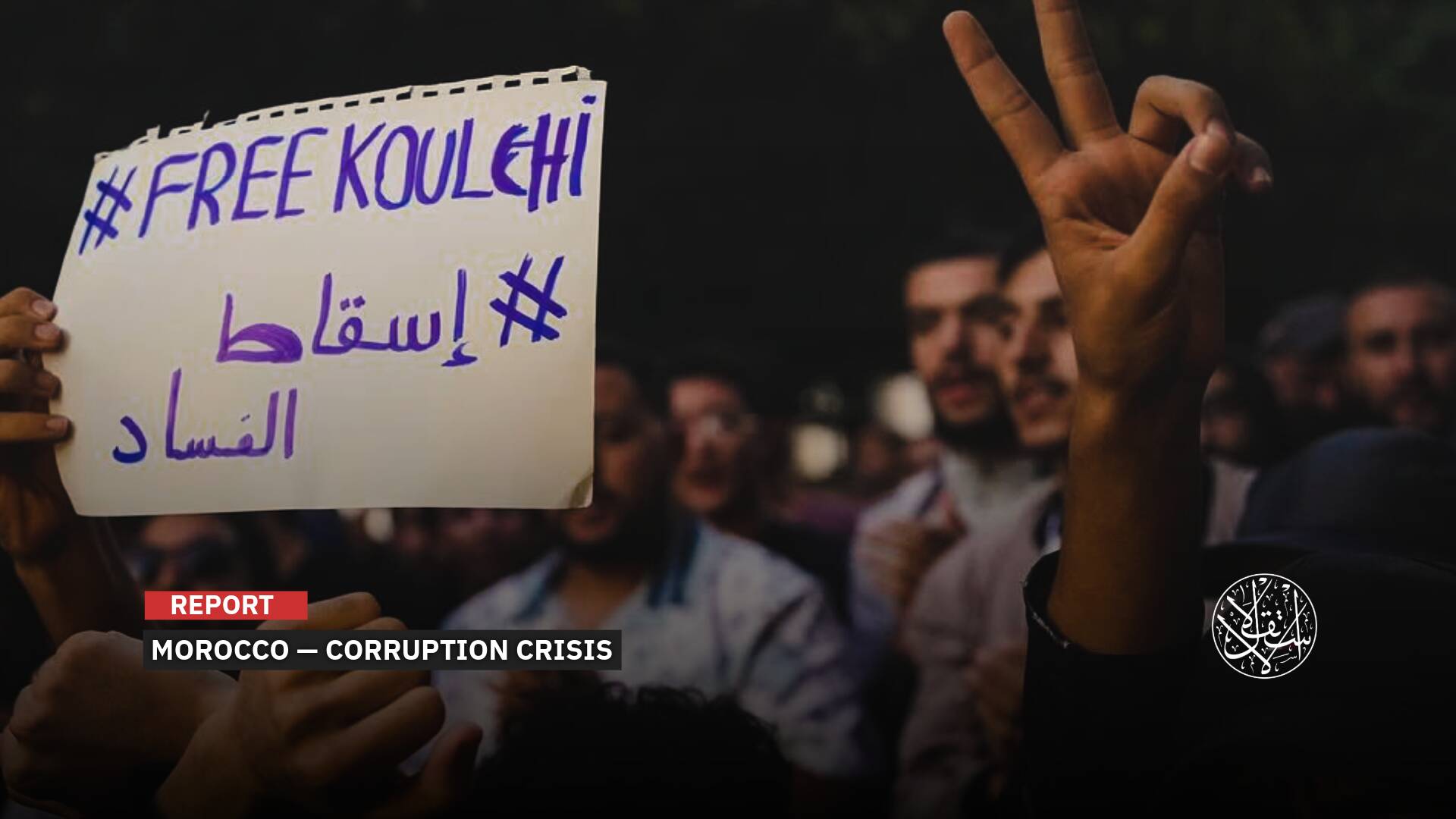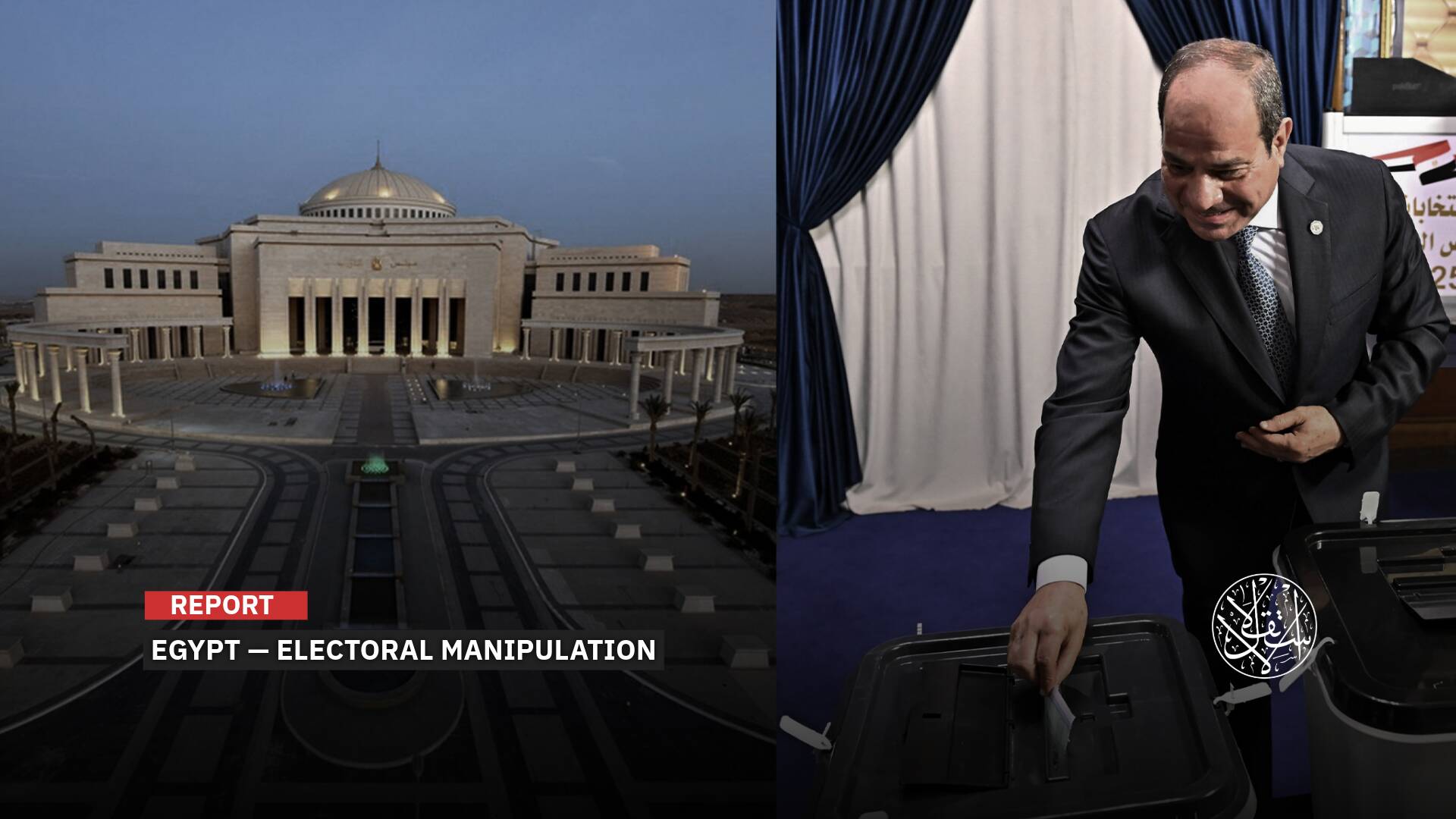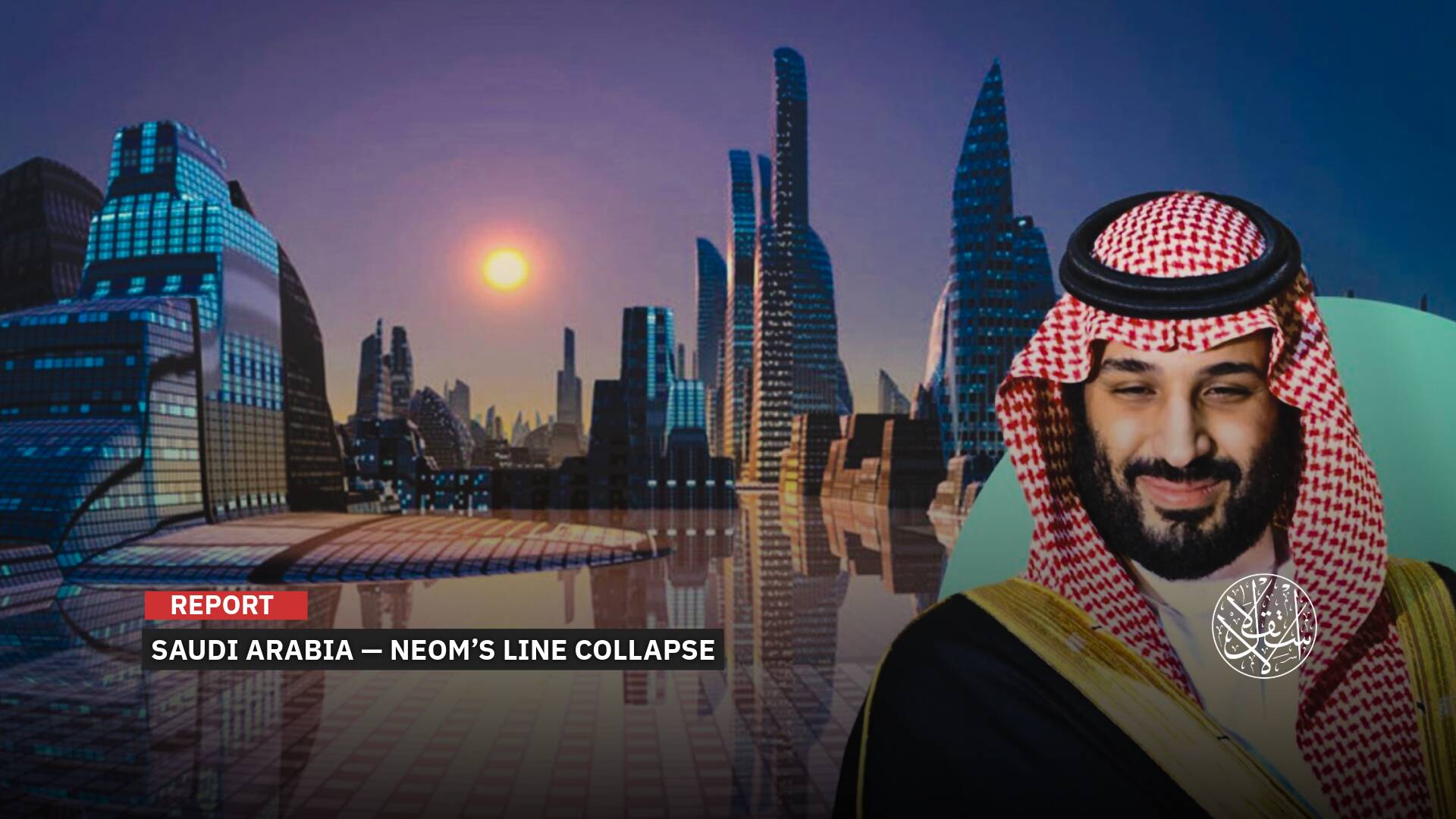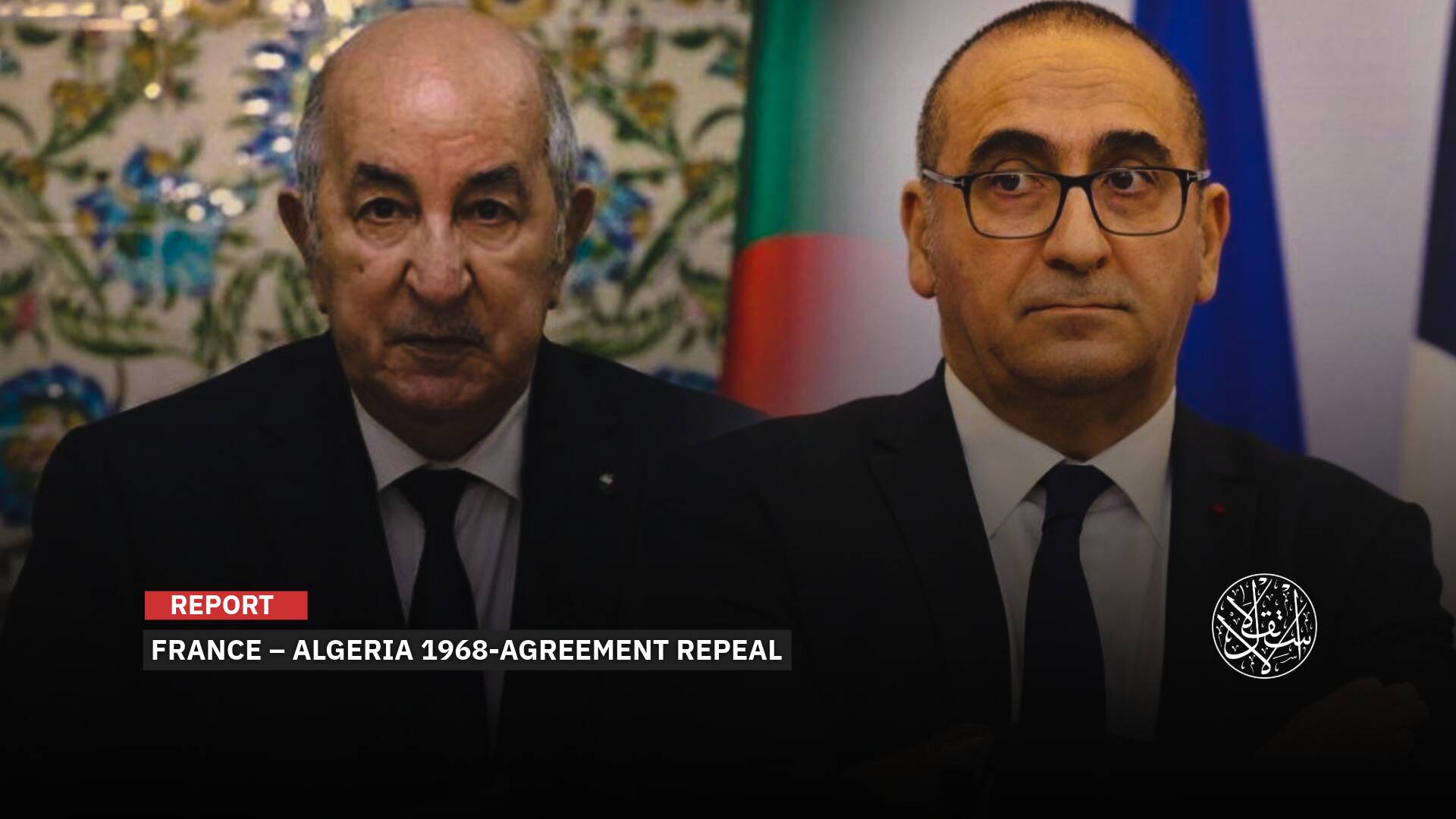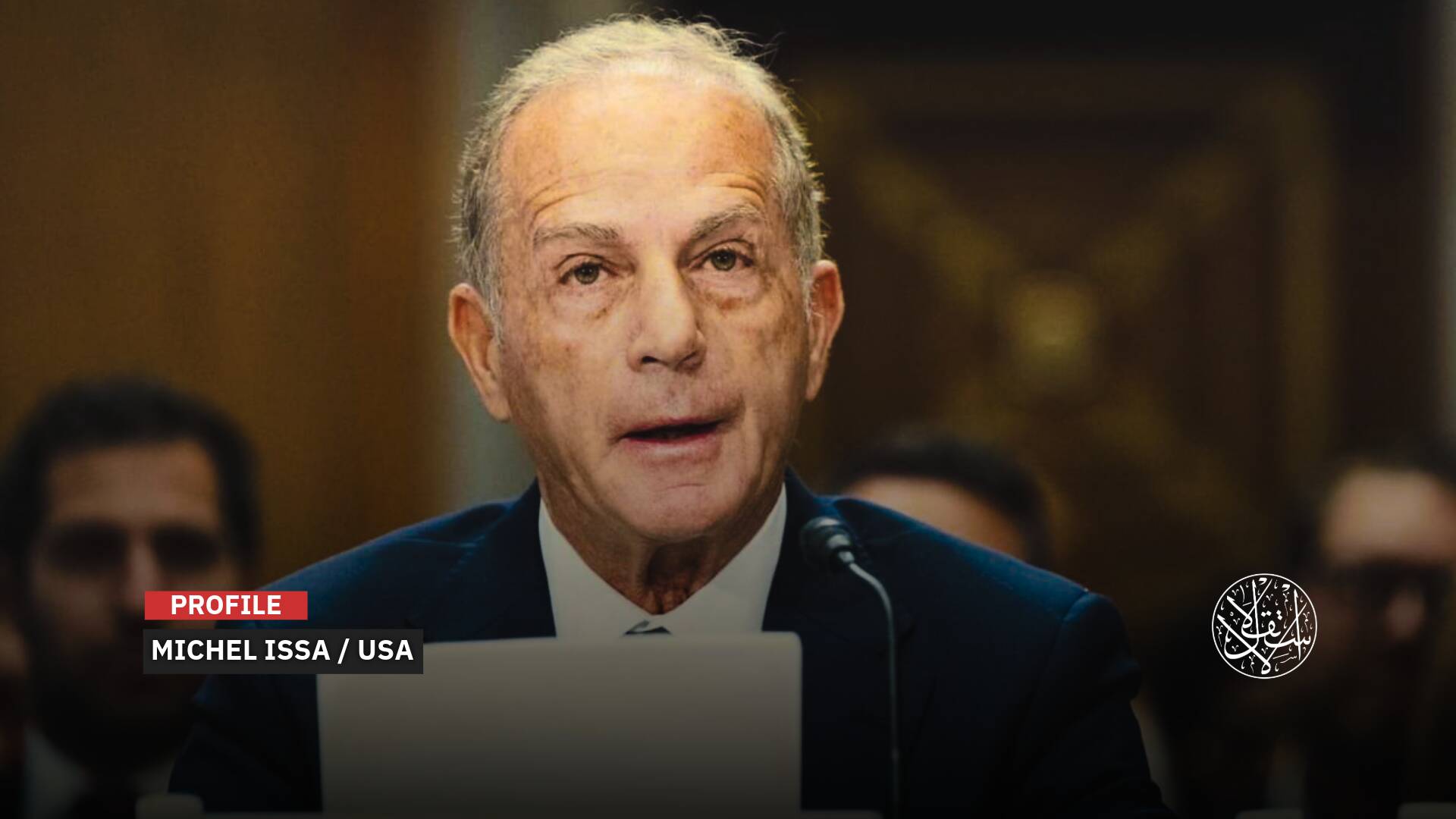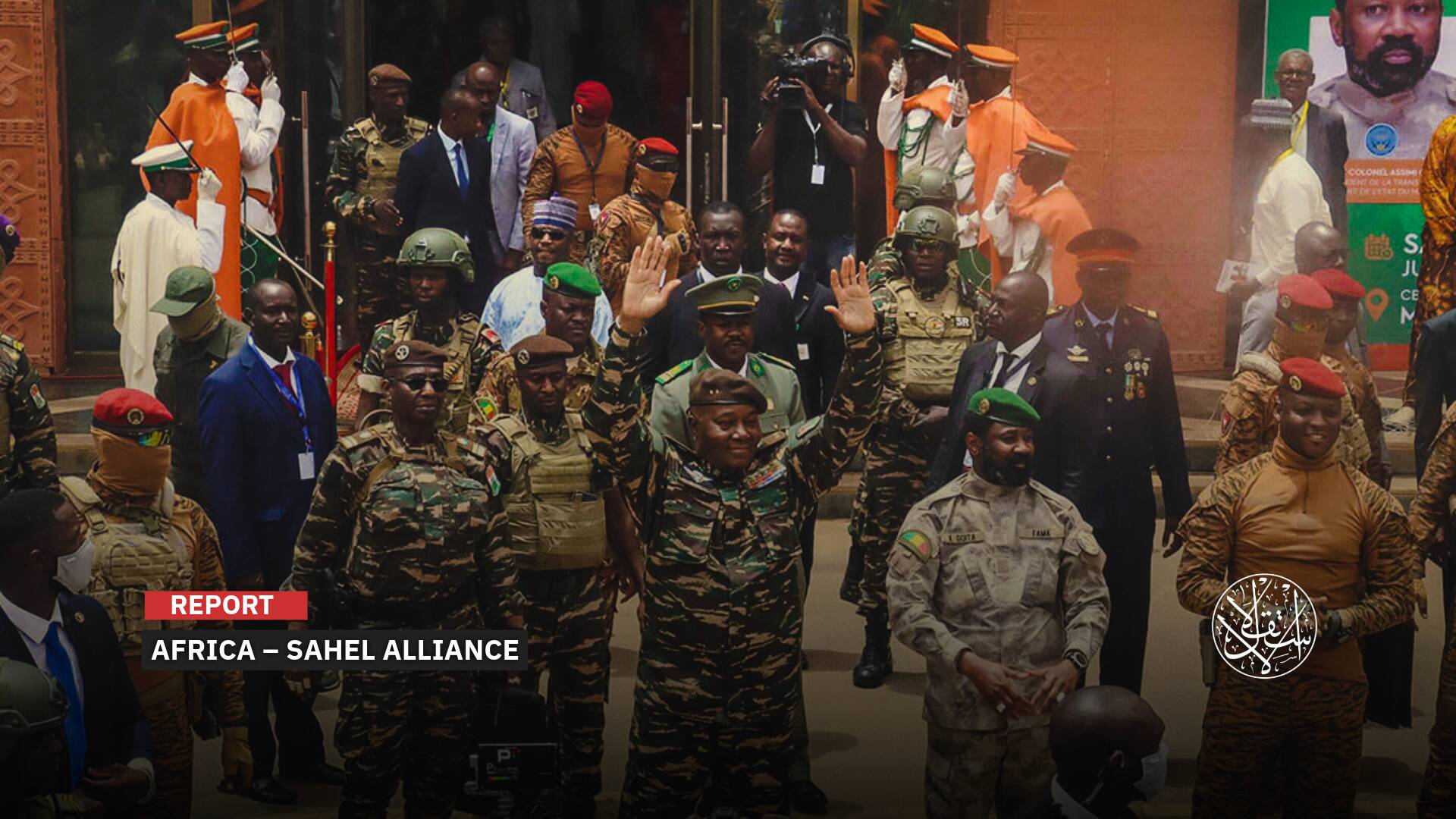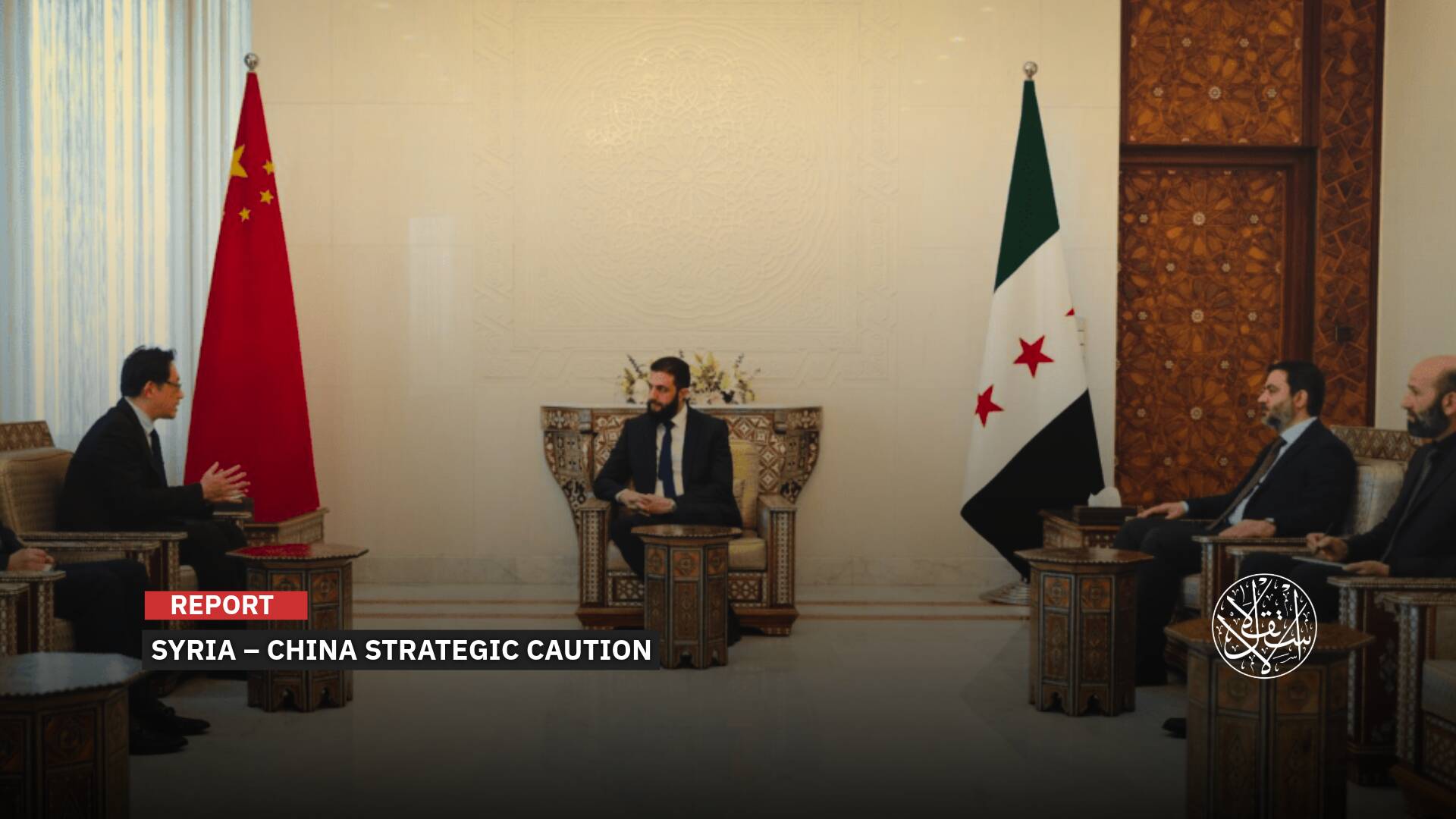How Is the G7 Preparing for China’s Silk Road Project?

On June 26, the leaders of the Group of Seven met in the German Elmau Castle (Schloss Elmau), and after hours of discussions, they concluded by declaring confrontation on China’s economic expansion projects in the world, especially the Belt and Road Initiative, which Europe views with caution.
In this regard, according to a White House statement, the group decided to raise $600 billion by 2027 for investments in global infrastructure, of which Washington will provide over the next five years $200 billion through grants and resources from the federal government and raising investments from the private sector.
According to the White House’s statement, the money, which will be invested in creating sustainable infrastructure, will improve the lives of people around the world, strengthen and diversify the US supply chains, create new opportunities for US workers and companies, and support our national security.
The partnership will also provide a structure for the G7 countries to pool their resources to finance emerging economies in order to halt China’s economic expansion within them.
On the EU side, Ursula von der Leyen, President of the European Commission, said Europe would provide some 300 billion euros over the next five years to finance infrastructure in developing countries to tackle the New Silk Road.
This was revealed in the European Union’s Global Gateway Initiative, which lists 70 projects for this purpose.
‘Global Gateway’
On the other hand, the first announcement of the Global Gateway Initiative dates back to late 2021, with goals aimed at increasing investments that promote democratic values, governance, transparency, and equal partnerships, as well as green, clean, and safe infrastructure that stimulates private sector investment
In this regard, the High Representative of the European Union for Foreign Affairs, Josep Borrell, explained that this project would help build communities of common interest and strengthen the resilience of Europe’s supply chains.
Europe will reaffirm its vision of strengthening the network of international relations, which must be based on internationally accepted standards, rules, and regulations, in order to provide a level playing field between peoples, according to Borrell.
The document, recently published by the Union, reveals what these 70 projects are.
“Global Gateway is becoming concrete. Now we mean business,” Politico said, referring to the passage from planning to implementation.
These include helping a number of African countries achieve the energy transition, including Benin and South Africa, which will receive funding for solar power plants, which could be worth more than 367 million euros for Cape Town. ITU also plans to partner with Namibia in the field of green hydrogen production.
The EU has several projects planned in China’s backyard, such as an energy transition partnership with Indonesia and a digital connectivity project in the Philippines.
The “Global Gateway” also includes projects in Russia’s orbiting countries, most of which were part of the former Soviet Union, such as the Green Hydrogen Project in Kazakhstan, a transmission link in Central Asia, two projects in Mongolia, and a hydroelectric power plant in Tajikistan.

Silk Road
In 2013, China unveiled two new foreign trade strategies: the “Silk Road Economic Belt” and the “Maritime Silk Road.”
Through them, Beijing aims to connect the Chinese market to more than 70 countries around the world through a land belt of railways and roads through Central Asia and Russia and a sea line linking China to Europe and Africa.
According to a previous World Bank study, if fully implemented, transport projects under the initiative could boost trade by 1.7 percent to 6.2 percent globally and increase global real income by 0.7 percent to 2.9 percent.
The real incomes of economies along the road could increase by two to four times if reforms are implemented to reduce border delays and ease trade restrictions.
With all these benefits identified in the study, there are many criticisms of China’s economic policies in Africa, especially with regard to the debt packages it offers to low-income countries on the continent.
According to World Bank statistics on global debt, China’s debt to low- and middle-income countries amounted to $170 billion at the end of 2020, about $75 billion of which was awarded to sub-Saharan African countries. This makes China one of the most creditor countries in the world.
These debts, a large part of which pass secretly, that is, not through the Chinese government and its borrowing counterpart, burden poor countries in preparation for acquiring their capabilities and dominating them politically. Of the low- and middle-income countries that borrowed from China, the loan represents 10% of their GDP. For Djibouti and Zambia, Chinese debt accounts for 20% of their GDP.
In contrast, China tends to lend at high-interest rates, which can be four times the interest rates of a loan from the World Bank or a country like Germany. China also requires a maximum period of 10 years, which is short compared to other loans that allow repayment periods of 28 years.

Late Response
Throughout the last years, the West was criticized for being too fragmented and arriving late in its attempts to counter the Belt and Road Initiative.
Last month, European Commission President Ursula von der Leyen warned a conference of EU foreign ministers that the EU needs to step up its game and show tangible results on the ground. The first set of projects was chosen as a result of the conference.
“This shows what Global Gateway will look like in practice on the ground in 2022,” a second EU official added to Politico.
Some of the Global Gateway initiatives are low-hanging fruit, with tangible measures such as commencing construction work, signing a memorandum of agreement, or securing finance expected this year.
In the meanwhile, the EU will begin setting the basis for new projects in the coming years.
The list, according to the first official, does not represent any geopolitical choices. “There is no political messaging behind this,” the official explained.
However, there are certain sensitive projects that might have geopolitical implications.
The EU is planning a number of initiatives in China’s backyard, including an energy transition collaboration with Indonesia and a digital connection project in the Philippines.
The same is true for certain projects in Russia’s backyard, such as a hydrogen project in Kazakhstan, a Central Asian rail connection, two projects in Mongolia, and a Tajikistan hydropower facility.
Last Friday, EU officials first discussed the priority list. Further discussions will take place this week, with the goal of completing the list by the week of February 6, according to the two EU officials.


